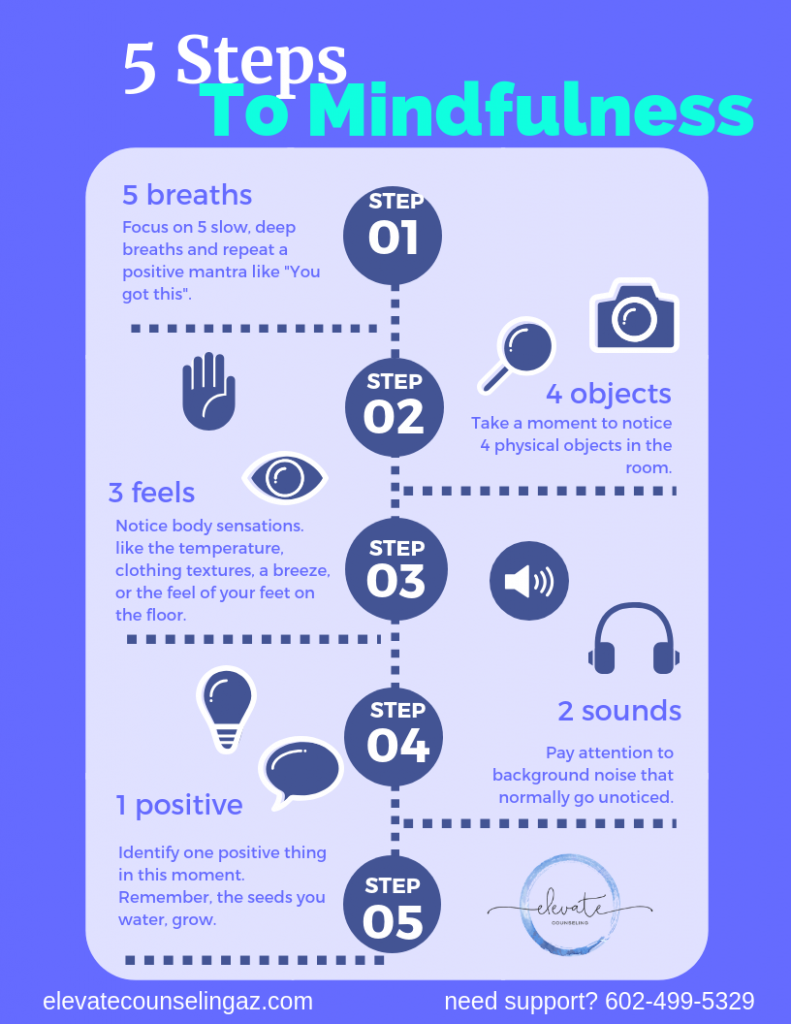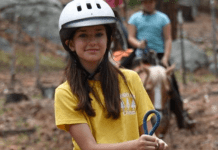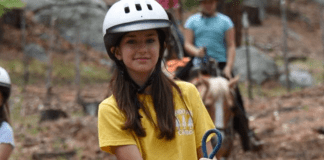The Key To Managing Life’s Ups & Downs May Be Mindfulness
Adversity comes at us from the moment we are born. Infants get hungry and tired. Toddlers grapple with language and emotional control. And as children develop through adolescence to their teenage years, life grows even more complicated. Changing relationships, navigating school, exercising newfound independence — the very stuff of growing up — naturally creates stressful situations for kids. Developing a strategy to manage these challenges is essential. That’s where “mindfulness” comes in.
A Guide To Mindfulness
Experts in the mental health field often talk about how “developing a mindful practice” can help one handle daily stresses and life demands. Kids (teens in particular) sometimes raise a critical eyebrow when they hear the term “mindfulness.” They may picture a yogi on a mountaintop, but mindfulness is a skill much broader than meditation. It’s learning to stay focused and relaxed by deliberately paying attention to your thoughts, feelings, and sensations while withholding judgment.
And research shows that incorporating mindful awareness on a regular basis can decrease our body’s stress markers (blood pressure, heart rate), reduce symptoms of anxiety, and increase feelings of connection and happiness.
By reconnecting with the present moment, we are more likely to gain perspective and be able to regulate our responses. Apps like Smiling Mind and HeadSpace’s series on Netflix are great for newbies (activities are short, engaging and a great way to incorporate moments of mindfulness into a busy life).
An Exercise To Try With Your Child Right Now
A simple mindfulness activity that you can try with your child at home is a variation of the “5-4-3-2-1” Exercise. The name isn’t super original, but it works!

5 Steps To Mindfulness
5 Breaths: Take 5 deep breaths. Allow your stomach to completely fill, matching the lengths of your inhales with the length of your exhales. The key here is to intentionally slow your breathing. Learn more about diaphragmic breathing here.
4 Objects: Look around for 4 things that you can see, and say them out loud. Notice the objects around you. You may even choose to focus on a particular color (noticing 4 yellow objects, for example) or theme (“smaller than a breadbox”).
3 Feels: Pay attention to your body and think of 3 things that you can feel, repeating them out loud. For example, you could say, I feel my feet warm in my socks, I feel the hair on the back of my neck, or I feel the pillow I am sitting on.
2 Sounds: Listen for 2 sounds. It could be the sound of traffic outside, the hum of your air conditioner, or the grumbling of a hungry tummy. Again, say these things out loud. Talking to yourself may seem funny, but doing so helps to keep you focused on the present moment.
1 Positive: Repeat one positive mantra that rings true for you. Some of my favorites are “Everything is unfolding as it should” or “Don’t try to steer the river.” Both of these are related to “control” which often goes hand-in-hand with anxiety.
Finish with a final deep breath and notice the changes in your body and mind. This can be repeated as many times as is necessary to help you re-center yourself.
Mindfulness takes practice
The most powerful proof of how mindfulness can benefit your child is through direct experience and daily implementation. Like all skills, we get better with time and practice. Begin to help your child incorporate brief moments of mindfulness each day so that it becomes a habit. This way the next time your children find themselves overwhelmed or overloaded, they will have the tools needed to slow down, refocus, and be present for whatever life throws their way.











